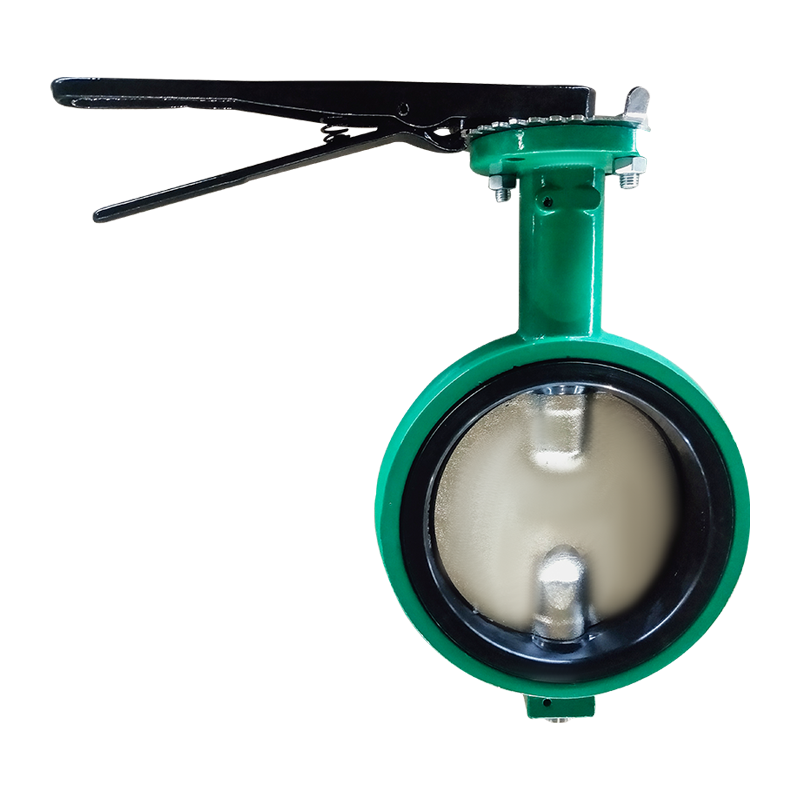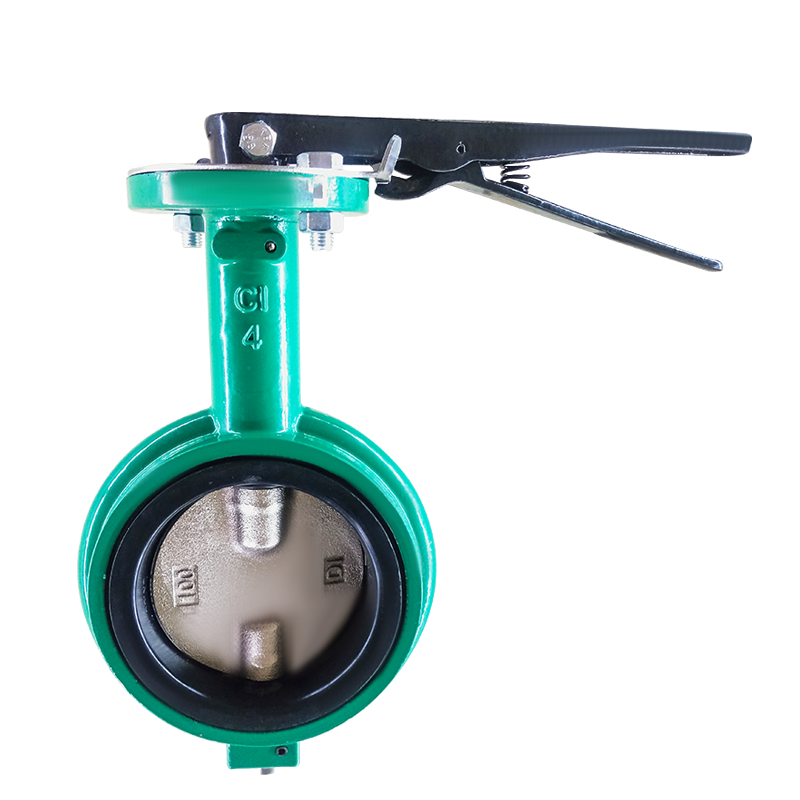
- Call Us
- +8618633052223
- njhdvlz@163.com
Hul . 30, 2025 03:40 Back to list
Stainless Steel Sanitary Butterfly Valve for Hygienic Flow Control
As the fluid control and process automation sectors continue to innovate, the demand for stainless steel sanitary butterfly valve solutions has surged. Their inherent balance of strength, corrosion resistance, and hygiene makes them the gold standard for industries ranging from pharmaceuticals and food processing to petrochemicals and water treatment. This article dives deep into the sector’s trends, technology and product comparisons—centered on the Long Neck Wafer Type Model 25 Butterfly Valve—to help you make data-driven, informed decisions.
1. Industry Trends: The Rise of Stainless Steel Sanitary Butterfly Valve Solutions
- Growth Rate: The global sanitary valve market CAGR is projected at 5.4% (2024-2030), with stainless steel butterfly valves leading segmental demand.[1]
- Material Preference: Over 80% of new installations in beverage & biotech sectors favor SS 304/SS 316L valves due to FDA and ISO 9001/ISO 5211 compliance.
- Key Verticals: Food & Beverage, Pharmaceutical, Water Treatment, Chemical, Metallurgy.
- Technology Shifts: Adoption of flanged butterfly valve interfaces and automation-friendly actuator mounts (per ANSI/ASME standards) rising rapidly.
2. Technical Parameters & Product Comparison
The stainless steel sanitary butterfly valve family includes a variety of configurations: wafer, flanged, lugged, welded, and PVDF-lined for aggressive environments. Their performance is dictated by technical factors—let’s compare the major ones:
| Type | Material | Standard | Size Range | Pressure Rating | Sealing | Automation | Certifications |
|---|---|---|---|---|---|---|---|
| Sanitary Wafer | SS 304/316L | ISO 5211, DIN, 3A | DN25–DN400 | PN10/PN16 | EPDM, PTFE | Manual/Electric/Pneumatic | FDA, CE, 3A |
| Flanged Butterfly | SS 304/CF8 | ANSI, JIS | DN50–DN1200 | PN10–PN25 | RTFE, FKM | Manual/Electric/Pneumatic | CE, ISO, API |
| PVDF-Lined Butterfly | PVDF/SS304 core | ISO, DIN | DN40–DN300 | PN10 | PVDF | Manual/Electric | FDA |

3. Product Focus: Long Neck Wafer Type Model 25 Butterfly Valve
- Product Name: Long Neck Wafer Type Model 25 Butterfly Valve
- Product Link: View full specs
- Valve Body Material: SS 304/316L (ASTM A351 certified)
- Disc: Precision CNC-machined SS 316L
- Seal Material: Food-grade EPDM, PTFE (FDA approved)
- Connection Standard: Universal wafer fit (DIN, ANSI, JIS)
- Working Pressure: PN16 (232 psi)
- Temperature Range: -20°C to 180°C

4. Manufacturing Process of Stainless Steel Sanitary Butterfly Valve
- Material Selection: SS 304/316L billets sourced (ISO/EN 10088 certified)
- Body Casting: Precision lost-wax or sand casting
- Disc Forging & CNC Machining: Ensures high dimensional accuracy and smooth sealing surface
- Stem Machining: Hardened SS for wear resistance, laser-marked for traceability
- Assembly: EPDM/PTFE seals inserted; all-wetted components ultrasonically cleaned
- Pressure & Leakage Testing: 100% of units hydrostatically tested up to 1.5x rated PN (per ISO 5208 & EN 12266)
- Surface Finish: Polished to Ra ≤ 0.8 μm for sanitary applications
- Packaging: Vacuum-sealed bags to prevent contamination
5. Parameter & Price Comparison
| Model | Material | Price Range | Life Span (cycles) | Design Std. |
|---|---|---|---|---|
| Long Neck Wafer Model 25 (Hongda) | SS 304/316L | $49 – $180 | 100,000+ | ISO, DIN, ANSI |
| PVDF Butterfly Valve | PVDF/SS core | $69 – $250 | 60,000 – 90,000 | ISO, FDA |
| Generic SS 304 Flanged | SS 304 (cast) | $30 – $140 | 60,000 – 80,000 | ANSI, API |
| SS 316L Sanitary | SS 316L | $58 – $225 | 90,000 – 110,000 | 3A, ISO |
6. Manufacturer Review & Customization Options
Major global players include Hongda Valve, Alfa Laval, Kitz, APV, and KSB. Hongda Valve provides unique advantages for stainless steel sanitary butterfly valve buyers:
- Stringent raw material traceability with EN/ASTM/material certificates
- Both standard and customized flange drilling (ANSI, DIN, JIS, SABS)
- Options: disc materials in SS 316L, 2205, Hastelloy; body in CF8M, PVDF lining
- Actuation: lever, gear, pneumatic, electric with feedback (per ISO 5211)
- Robust QA: Each valve batch inspected under ISO 9001, EN 12266 and FDA food safety guidelines
- Responsive OEM/ODM engineering for special requirements—jacketed, anti-sulfur, automation integrable
7. Customization & Engineering Service Packages
- Sizing: DN25 to DN600, special face-to-face lengths possible
- Material Upgrades: Duplex, Super Austenitic, PVDF/PFA lining for corrosive media
- Sealing Options: Metal-seated, Chem-resistant FKM, Silicone for high-temp
- Automation: Direct mount pneumatic/electric actuators (Namur, ISO 5211 interfaces)
- Surface Finish: Ra 0.4–1.2μm; mirror finish for critical food-grade use
- Documentation: 3.1 MTC, FDA/CE/WRAS certificates, presetting/calibration service
8. Application Example & User Testimonials
“Replacing legacy iron valves with stainless steel sanitary butterfly valve systems slashed product loss by 98% during CIP cycles and doubled the average operating period before seal replacement." — Process Manager, BayBarrel Brauerei
Long Neck Model 25 valves have replaced aging rubber-seated models, reporting 0 leakage after 2 years, thanks to CNC-seated disc and resilient liner.
- “Far superior cleanability and lifespan than flanged iron valves; no rust contamination issues.”
- “Quick actuator integration—our system was online in hours, not days.”
- “ISO-certified. Supported with 3.1 material trace, perfect for pharma audit.”
9. Expert FAQ: Stainless Steel Sanitary Butterfly Valve
Q1: What is the recommended body material for food-grade sanitary valves?
Q2: What standards must a sanitary butterfly valve comply with for water and food safety?
Q3: How does an SS body butterfly valve compare with a PVDF butterfly valve?
Q4: What is the average SS butterfly valve price for DN100?
Q5: What is the typical service life and maintenance interval?
Q6: What industries are best suited for this valve type?
Q7: Do you provide documentation packages (MTC, FAT, traceability)?
10. Delivery, Quality Assurance & Customer Support
- Lead Time: Standard models (DN25–DN200): 7–14 days; custom/OEM: 15–30 days.
- Warranty: 24 months for SS body/disc, 12 months for soft seat liner (non-chemical).
- Support: 24/7 online technical support, installation guidance, troubleshooting (video & onsite service available in 26 countries).
- Certification & Documents: All valves supplied with material certs, pressure test report, and product passport per EN10204 & FDA/CE as applicable.
- After-sales: Stocked spare parts, onsite repair support, and valve upgrade packages (automation retrofits, high-pressure seals).
11. Further Reading & Industry Authority
- For advanced butterfly valve selection, visit Valves For Process Forum
- Peer-reviewed study: "Hygienic design of valves for food and biotech industries" (Elsevier Journal)
- Detailed application notes, selection calculators, and demo videos at official product page.
-
Stainless Steel Sanitary Butterfly Valve for Hygienic Flow Control
NewsJul.30,2025
-
High-Performance Groove Butterfly Valve for Easy Installation
NewsJul.30,2025
-
High-Quality 2 Inch Butterfly Valve for Precise Flow Control
NewsJul.29,2025
-
Double Flanged Short Pattern Butterfly Valve for Reliable Flow Control
NewsJul.29,2025
-
High Quality Wafer Check Valve Factories – Reliable Manufacturer & Supplier
NewsJul.29,2025
-
Stainless Steel Sanitary Butterfly Valve for Hygienic Applications
NewsJul.28,2025